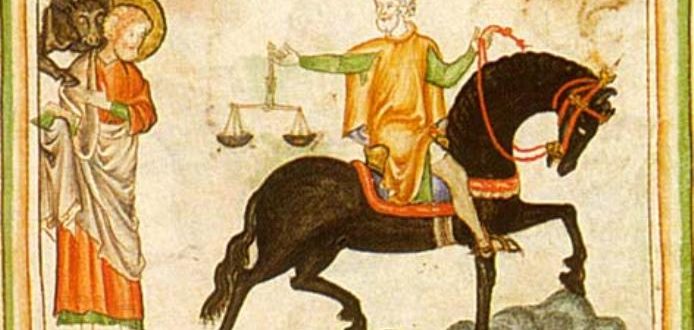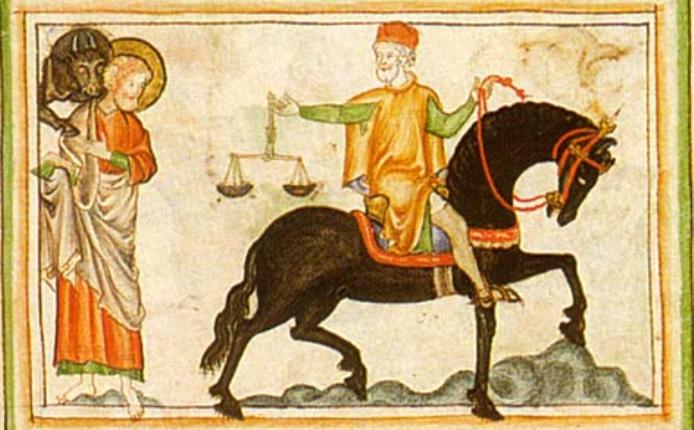11-17 May 1415: The King’s Horses
By Dan Spencer
On 25 May 1415, Stephen Ferrour, the king’s farrier was ordered to take iron and horse nails for shoeing the horses of the king’s stable for the expedition.
This was because the horse was an important animal for the transportation of goods and people by land in the Middle Ages. All medieval English kings (including Henry V) had their own stables of horses for the use of their immediate household and themselves.
These horses were looked after by an official called the Master of the King’s Horses, a position which was occupied by John Waterton in 1415. Waterton came from a Lincolnshire gentry family which had strong links to the house of Lancaster. In August 1399 he was sent to Ireland to buy horses for Henry Bolingbroke (the future Henry IV). In the reign of Henry IV he served as an MP for Surrey in 1402 and as Receiver of the Duchy of Cornwall for Henry, Prince of Wales (later Henry V). After the accession of the latter he was appointed as Constable of Windsor Castle and to various embassies. He was also appointed Master of the King’s Horses on 22 March 1413, a position which he held until October 1416. Waterton indented to serve on the 1415 campaign and received plate as security for his wages. He did not actually participate in the expedition, however, as he was instead sent on an embassy to the King of Aragon.
In Waterton’s absence the king’s horses would be looked after by grooms and lesser household officials. This was an important task as these animals were highly prized and required a great deal of care. An account from the fourteenth century (1352-1354) shows that large quantities of food were required to feed the royal horses. In winter this consisted of half a bushel of oats (32lbs) every day, in addition to three loaves of horse bread. Each horse was also allocated its own groom and they needed shoeing on a regular basis.
For more information on the king’s horses and the Agincourt campaign click here
This information came from Calendar of the Patent Rolls, 1413-1416, pp. 325, 327; Maurice Keen, Armies and Warfare in the Middle Ages: the English Experience (London: Yale University Press, 1996), p. 31; ‘Waterton, John (d.1417/18), of Waterton, Lincs. and Bramley, Surr.’ in The History of Parliament: the House of Commons 1386-1421, J. S. Roskell and C. Rawcliffe (eds) (Woodbridge: Boydell, 1993), available from http://www.historyofparliamentonline.org/volume/1386-1421/member/waterton-john-141718
The image is of a miniature from a thirteenth century Apocalypse manuscript, taken from Wikipedia and is in the Public Domain

